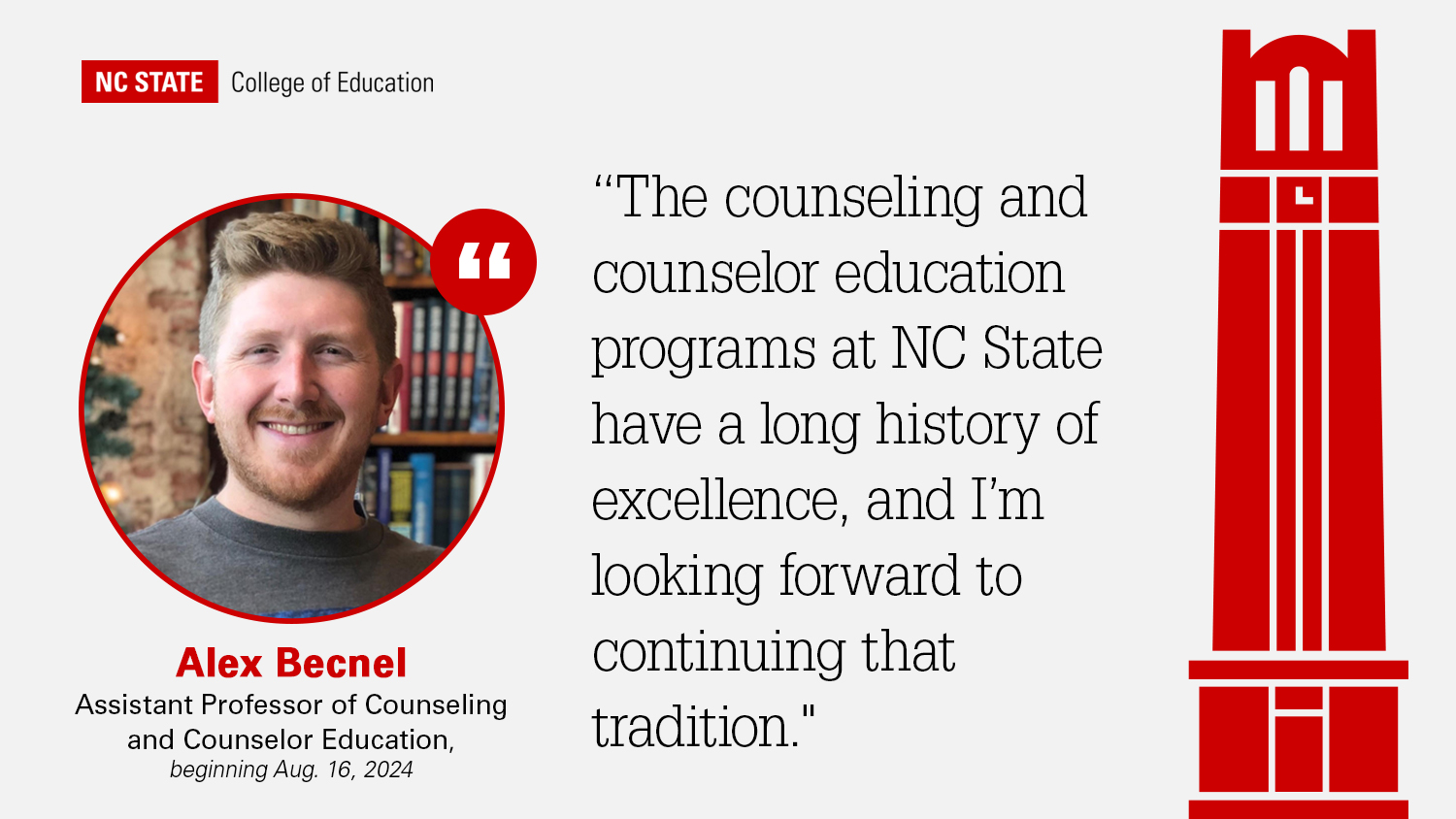Associate Professor Jessica Hunt and Assistant Professor Jamie Pearson: Helping Students with Disabilities Learn Remotely During the Coronavirus (COVID-19) Pandemic

As school districts work to establish what remote learning will look like as schools remain closed to slow the spread of the coronavirus (COVID-19) outbreak, students with disabilities will face some unique challenges as they adapt to the changes, say two faculty members with the NC State College of Education whose research specialities include special education.
Before students even begin to address the changes to their academic environment, Jamie Pearson, Ph.D., assistant professor of special education at the NC State College of Education, says that they may first need to work on learning to cope with the huge changes they, and the rest of the world, have had to face over the past few weeks.
“The first challenge for many students with disabilities, particularly for students with cognitive disabilities, is understanding what is happening right now,” she said. “These are unprecedented times that are scary, confusing and anxiety-provoking for many of us.”
“Check in with your students and their families. Ask how they are doing and what they need right now. Start from relationships and a place of care,” Jessica Hunt, Ph.D., associate professor of mathematics and special education at the NC State College of Education, said of remote education.
Parents and educators should be transparent about the situation, explaining to their children in an age-appropriate way about why they must stay home. Once that level of understanding is established, parents of children with disabilities may also need to further address issues that accompany the disruption of their child’s typical routine.
For children with ADHD or autism, for example, routines and predictable schedules serve to reduce anxiety, support executive functioning and reduce behavioral challenges, Pearson said. Parents and educators may need to provide additional support and create new visual schedules and reinforcement systems to help children adjust to the sudden loss of a structured school day.
Even once those challenges have been addressed, however, accessing remote learning materials may still prove difficult for many students with disabilities.
Students who typically rely on modified materials, such as a student with visual impairments who typically needs to access literacy materials in Braille, will not be able to interact with online learning materials in the same way as some of their peers.
In addition, many students rely on individualized support in the classroom and could reject the notion of parents as educators, resulting in challenging difficult behaviors from those learners.
“Students with disabilities, and learning disabilities more specifically, have diverse ways of making sense of educational materials and one size definitely does not fit all,” Hunt said.
Federal law requires that all local education agencies providing educational opportunities for general education students must also do so for students with disabilities, and that online delivery of materials must be in accordance with students’ individualized education programs (IEPs) as well as the Free and Appropriate Public Education (FAPE) mandate of the Individuals with Disabilities Education Act (IDEA).
Pearson explains that this means that services such as speech therapy, occupational therapy and mental health support for students should be implemented virtually, through telehealth applications, as much as possible.
In addition, educators should work to translate the goals of an IEP to distance education to the best of their ability. For example, if a student typically received 30 minutes of resource instruction three days per week, that instruction should continue via video chat or a phone call.
“Once special educators have accepted that there may be some limitations, I think it is helpful for them to review each of their students’ IEPs to ensure that their online delivery is still addressing the students’ goals and objectives to the best of their ability,” Pearson said.
Pearson says that educators should make lesson plans that are accessible for each student and be creative with the ways in which they provide instruction to students with disabilities. This can include reading together via a phone call for some students or reading in a group during a Zoom meeting for others, for example.
Educators should think about what worked for each student in the classroom, Hunt said, and consider how those efforts could continue in a similar form at home. To address learning differences among their students, teachers can offer choice boards for assignments that can include low- and high-tech options for students. They must also make sure all online tools meet accessibility requirements set by the Americans with Disabilities Act.
Hunt also recommends that parents of children with disabilities work to communicate regularly with their child’s teacher about the goals of at-home instruction and the ways in which supports for IEP goals will be embedded during the transition to remote learning. She suggests that parents and teachers try to provide each other with updates with the same regularity as they did when school was in session.
“If it was typical to check in on progress weekly or bi-weekly, then continue that process. But be patient and flexible and understand that your child’s teacher’s schedule may have shifted due to need and caseload,” Hunt said.
Both Hunt and Pearson recommend that educators check-in with their students and families to foster collaboration and determine which methods are successful or causing difficulties as the shift to remote learning continues.
In addition, they should set expectations on instructional goals while understanding that remote learning will not be the same educational experience as face-to-face instruction for any student.
“I think the main thing that educators can do to make sure that students with disabilities are still fully supported during this transition to online learning is to accept that it is not going to look the way it does in their brick and mortar classroom, and that’s ok,” Pearson said.
“Be authentic. Be kind. Be patient with yourself and your students and their families,” Hunt said.
- Categories:


